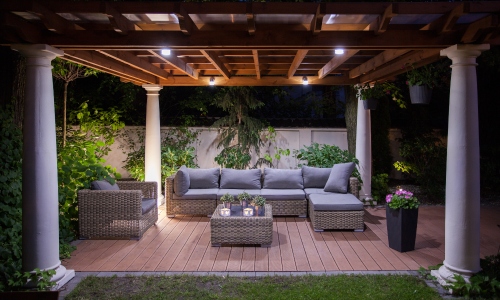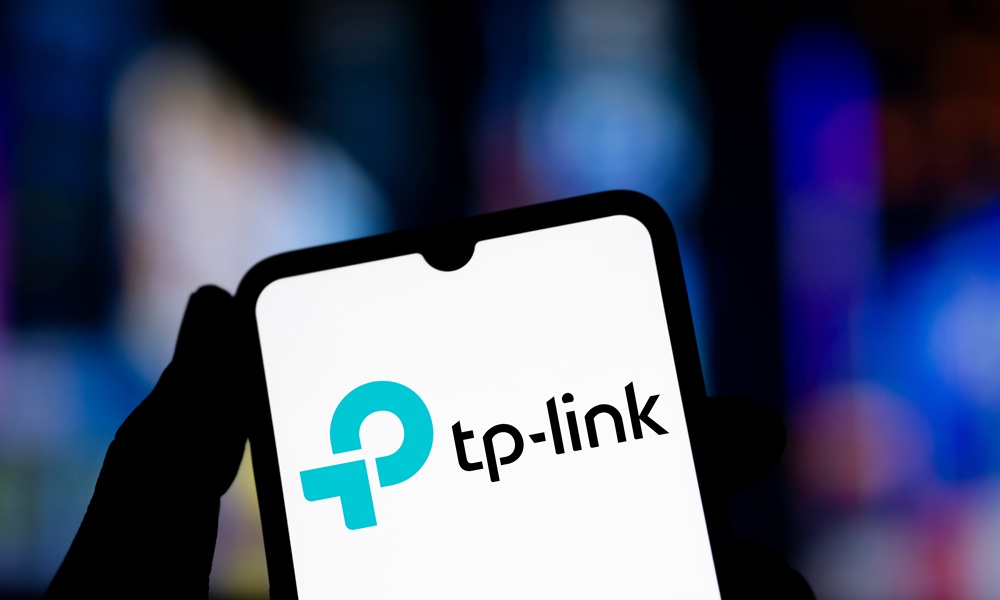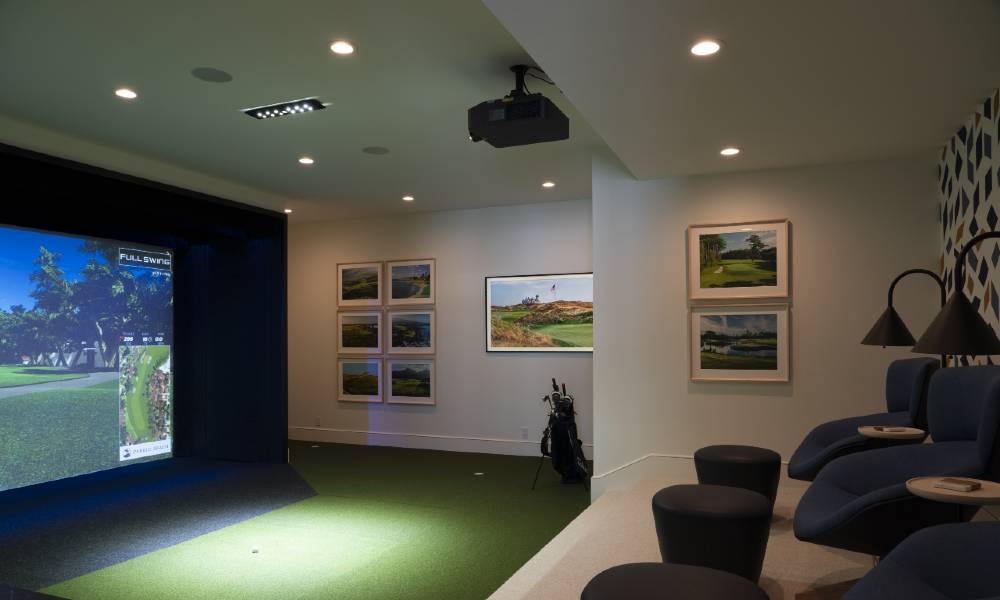A challenge is being made to the longstanding concept that blue-enriched LED light can adverse effects on one’s quality of sleep. A new study written in the journal Sleep Medicine Reviews on Elsevier’s ScienceDirect website describes the effect of blue light (among other sleep disturbance factors) as “small-to-negligible” in a new study.
In fact, according to the article, the delay caused by using screens seems to be no more than 9.9 minutes.
The title of the full article is “A bidirectional model of sleep and technology use: A theoretical review of how much, for whom, and which mechanisms.”
The six authors of the study include Michael Gradisar, who is both the CEO of Adelaide, Australia sleep treatment center WINK Sleep Pty Ltd and the head of sleep science for Gothenburg, Sweden–based Sleep Cycle AB, a sleep app vendor.
Kate Bartel, Chelsea Reynolds, Meg Pillion, Serena Bauducco, and Michael Kahn comprise the remaining co-authors.

2024 Lighting Controls and Fixtures Report
Lightapalooza took place in late February, and the growth of the event has mirrored the rapid ascension lighting fixtures and controls.Download your copy now!
Of course, there are some caveats to be made here. Number one being that the study is a review of existing studies, being called an “an updated theoretical review” of the past decade that gathers multiple studies together, all of which bear findings that refute the prevailing sentiment that blue-enriched LED light a night harms sleep.
And number two is that the source of light in these studies all came from display screens as opposed to overhead lighting, which is largely what plays into circadian lighting and human-centric lighting schemes. The display screens in question fall under TVs, computer screens, tablets, and smart phones.
Technology Use May Disrupt Sleep Through Replacement
Following the review, Gradisar and his team proposed a new “bi-directional model” looking at technology use and sleep. Simply speaking, the new model interprets the types of content being consumed as being more critical to sleep disruption (i.e. “doomscrolling,” action-oriented video games, or media alerts causing more mental excitement leading to delayed sleep time).
The new model instead looks at technology being used before bedtime as a potential time filler and emotion regulator that instead acts as its own ‘sleep displacement’ as opposed to the displacement originally thought to be caused due to blue light exposure.
As per the article, this sleep displacement hypothesis suggests that time using technology simply replaces time that would have otherwise been spent sleeping. Following entry into the bed, decisions to look at content on a smart phone simply delays the onset of “shut eye time” or the time spent actively trying to enter a sleep state.
Questioning Blue Light’s Effect on Sleep Quality
This is not the first time role of blue-enriched LED screen light in disrupting sleep has been questioned. An article written by LEDs Magazine notes that University of Oxford circadian science pioneer Russell Foster had previously told the magazine that the “details and nuances” still needed to be worked out.
Rensselaer Polytechnic Institute’s Lighting Research Center (LRC) had also previously questioned blue wavelengths as sleep disruptors back in 2019. Instead, the team suggested that light duration and intensity were more important when it came to sleep disruption.
All this to say that technology use and light still significantly disrupts sleep, just not in the ways that might have been originally thought up until this point. There’s still plenty of work to be done as Foster has pointed out when it comes to nailing down specifics, and many scientists still believe that blue-enriched LEDS have the potential to cause adverse health effects.
The full article by Gradisar and his team can be found for free on Elsevier’s website and dives into the effects of light on sleep and alertness, the stimulating effects of technology broadly, and the types of different content as well.
It also looks at how existing sleep disorders may be exacerbated or abated using technology before bedtime.
If you enjoyed this article and want to receive more valuable industry content like this, click here to sign up for our digital newsletters!







